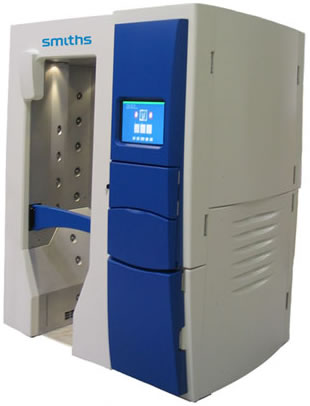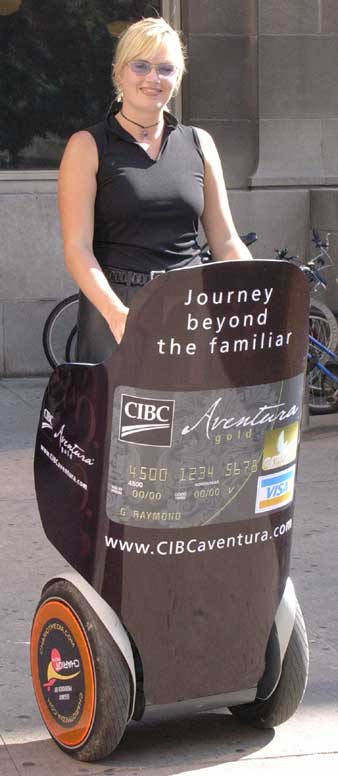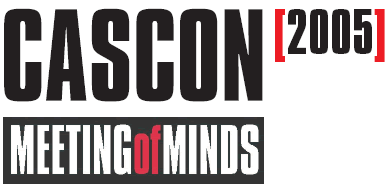Here’s the job that my friend Jay Goldman is offering. Tell ’em you heard about it from the “Accordion Guy” blog.
Job Code: DEV02
Location: Toronto
Type: Full Time
Description
Radiant Core has an immediate opening for a full-time Integrator. You
will be responsible for implementing client sites based on Architecture
and Design Documents, including HTML/CSS, images, and integration with
Radiant Core’s Foundation Website Management Platform. You feel at home
in a self-directed team environment and love producing work that
pleases both you and your clients. You are comfortable building HTML in
a text editor, fixing cross-browser/platform rendering issues, and have
some amount of programming experience in either JSP, PHP, or ASP. You
understand the importance of web standards and are often heard
muttering about validation and cross-browser compliance testing.
Responsibilities
You will work very closely with our Architects, Developers, and
Designers as a member of our Professional Services Team, reporting
directly to our Vice President, Professional Services. You will be
responsible for implementing client websites based on Architecture and
Design Documents, as well as ongoing work to improve our processes and
client services.
Required Skills/Education
- One or more years experience designing and building
standards-compliant websites (XHTML 1.0 Strict, CSS2.0) without the use
of WYSIWYG editors as we hand-code our sites. We are not, at this time,
hiring implementers who are not fluent in CSS2. Please do not apply for
this position if you use tables to lay out your websites as your
application will not be considered.
- Experience in a client-service environment and an understanding of the politics of client work
- Experience in design software and web tools (e.g.: Photoshop, Illustrator)
- Knowledge of cross-browser and cross-platform issues and workarounds
- Ability to work quickly and efficiently in a self-directed environment and a willingness to learn new things
- Bachelor degree or equivalent from a related program
- Knowledge of web programming in one or more of JSP/PHP/ASP
- Experience with JavaScript
Bonus Points!
- Experience with JSP specifically (rather than PHP/ASP)
- Experience building dynamic websites based on Content Management Systems
- Working knowledge of Macromedia Flash and ActionScript
- Familiarity with team development environments including CVS, etc.
Compensation
Compensation will be commensurate with your level of experience. Our
employees enjoy competitive pay, flexible hours, a prime downtown
location, and potential ownership opportunities. We are in the process
of finalizing our benefits package and stock plan.
How to Apply
Please send your resume, in an electronic format (e.g.: Microsoft Word,
PDF), along with a link to your portfolio site, to “careers at radiantcore dot com”. Please reference job code DEV02 in your
subject line.



